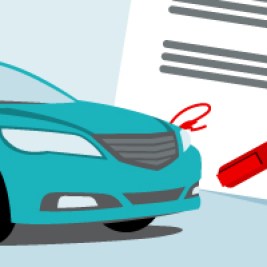When do you get your title after paying off your car loan?
You’ve made your final vehicle payment – congratulations! That is an exciting step as a vehicle owner, and one you should be proud of. How do I get my title after paying off my car? Now, you may be wondering…



